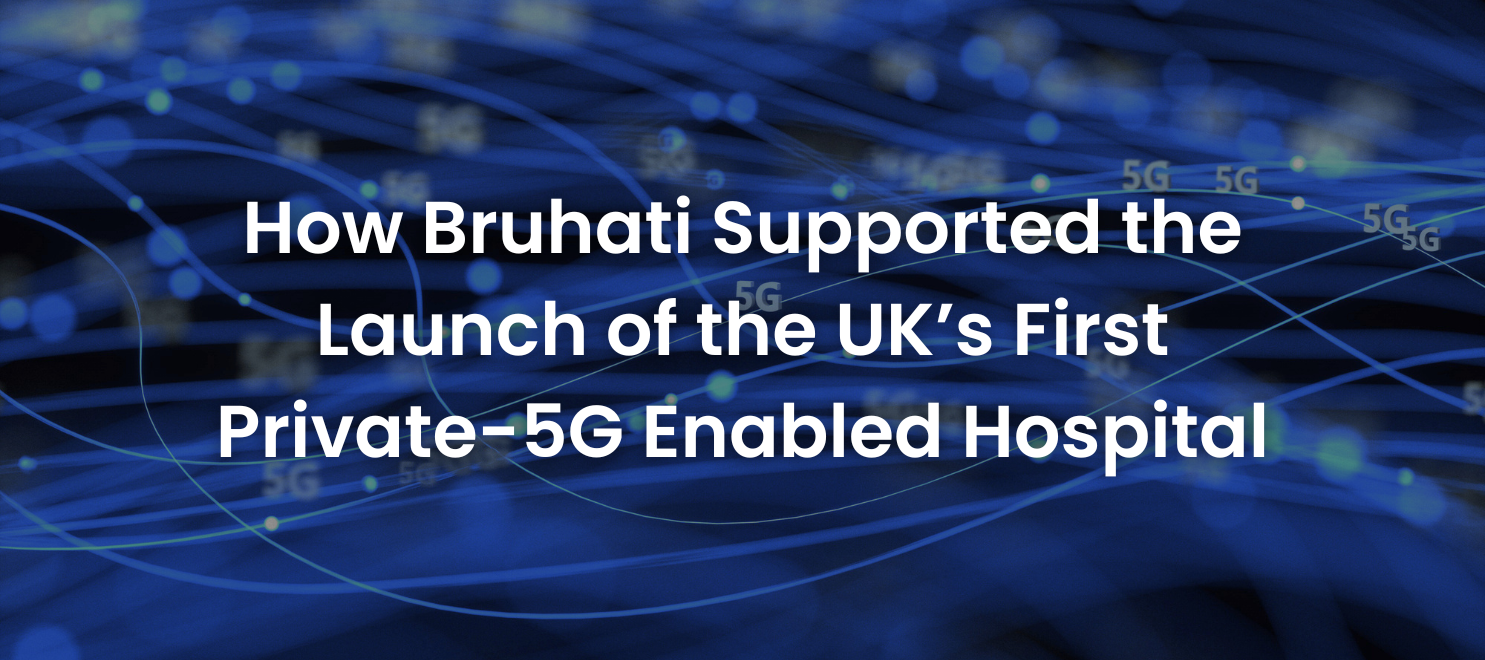
Who are Bruhati?
Bruhati is a consultancy that specialises in implementing effective Enterprise Architecture (EA) and bespoke digital solutions. Using industry standard and Bruhati owned EA frameworks and methodologies, we help organisations seamlessly align their Business operations, IT systems, and data for maximum efficiency.
The Acting Chief Information Officer at NHS South London & Maudsley (SLaM) says:
"Exploring and using the latest technology supports our core strategic aim to deliver outstanding mental health care for people who use our services, their carers and families."
The Acting Chief Information Officer at NHS South London & Maudsley (SLaM) says:
"Exploring and using the latest technology supports our core strategic aim to deliver outstanding mental health care for people who use our services, their carers and families."
For more details, watch the video below,
and see the following case study:
What was NHS SLaM's pain point?
South London and Maudsley NHS Foundation Trust (SLaM) faced significant challenges in its ability to efficiently manage clinical data and resources. The hospital's traditional infrastructure was unable to support the increasing demand for real-time updates and digital healthcare advancements. This created delays in patient care delivery and made it harder to manage hospital resources like medication storage and environmental controls.
Moreover, the Trust experienced inefficiencies in handling the vast amounts of data generated by patients and devices, leading to a lack of streamlined processes. Clinicians required a more reliable method of updating records without being hampered by slow connections or manual procedures. The disconnect between systems also affected the accuracy of patient data and monitoring of critical resources.
Additionally, the hospital sought to improve its IT operations, particularly when addressing system failures and troubleshooting issues. The reliance on on-site technicians for support led to extended downtimes, which could impact patient care. A more resilient, fast-response IT solution was needed to maintain uninterrupted services.
